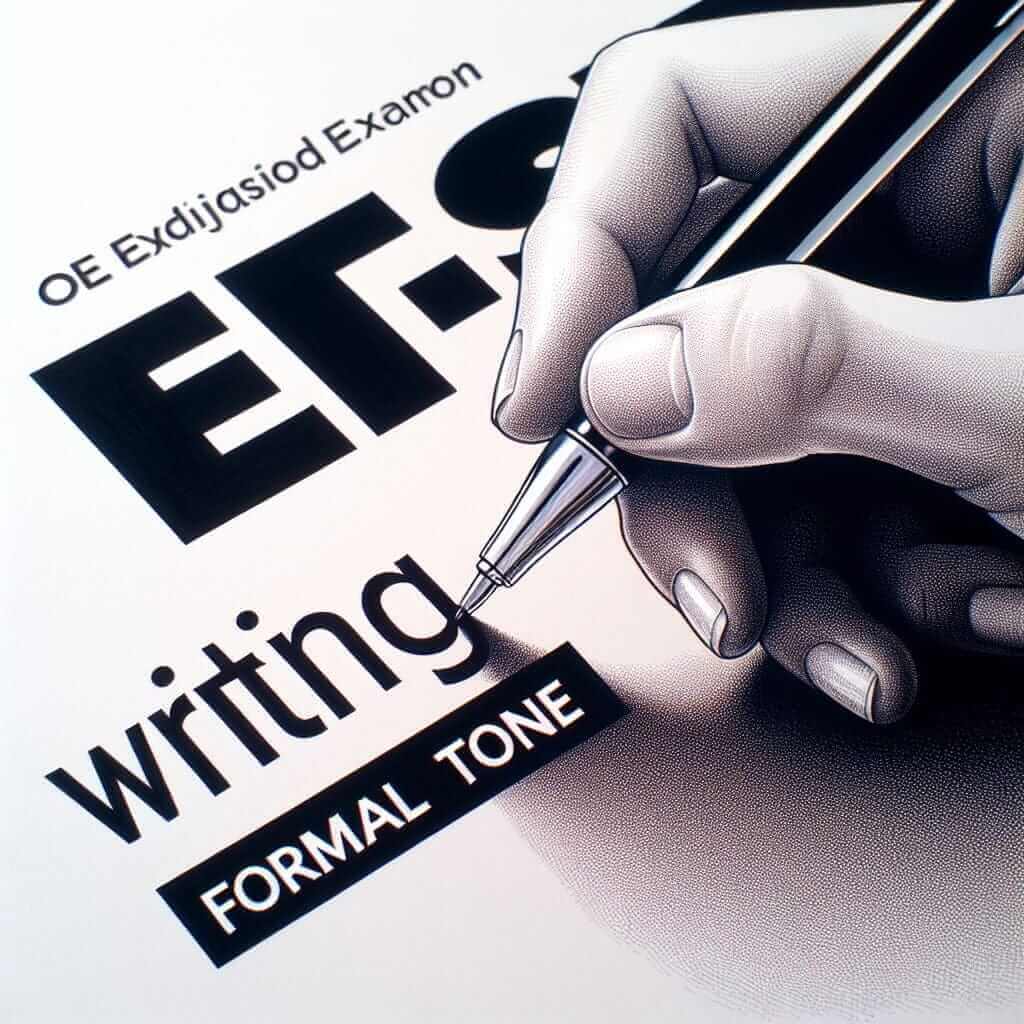As an IELTS instructor with over 20 years of experience, I’ve encountered countless students grappling with the nuances of the English language. One question that consistently arises is: “Can I use contractions in IELTS writing?”. The answer, like many things in life, is not so simple. Let’s delve into the intricacies of contractions and their place (or lack thereof) in your IELTS writing.
Understanding the “No Contraction” Rule
The idea that contractions are strictly forbidden in IELTS writing is a common misconception. The truth is more nuanced. While contractions are generally accepted in spoken English and informal writing, formal writing often leans towards avoiding them.
Think of it this way: IELTS writing, particularly in the Academic module, is designed to assess your ability to produce clear, academic prose. Academic writing often demands a more formal tone and style.

Contractions and Register: Finding the Right Balance
The key to using contractions effectively (or avoiding them entirely) lies in understanding the concept of register. Register refers to the level of formality in language, ranging from highly formal to very informal.
- Formal writing (academic papers, legal documents, business reports) typically avoids contractions.
- Informal writing (personal emails, text messages, casual blog posts) freely uses contractions.
IELTS writing tasks, particularly essays, fall somewhere in between. While not as strict as a published academic paper, they still demand a level of formality that discourages excessive use of contractions.
Examples:
- Formal: “I cannot attend the meeting due to a prior engagement.”
- Informal: “Sorry, I can’t make the meeting. Something else came up.”
When Can I Use Contractions in IELTS Writing?
While it’s generally advisable to err on the side of caution, there are instances where using contractions might be acceptable:
- Task 1 (Academic) Describing Data: When presenting data in a graph or chart, using a contraction like “it’s” instead of “it is” might sound more natural within the context of describing trends.
- Task 2 (Opinion/Discussion Essay): If you’re aiming for a slightly more conversational tone to connect with the reader, you might sparingly use contractions. However, prioritize clarity and formality.
Tips for IELTS Success: Contractions Edition
- Prioritize clarity and formality: Focus on conveying your ideas in a clear, concise, and academically appropriate manner.
- Proofread carefully: When checking your work, be particularly mindful of contractions. If you’re unsure, err on the side of caution and use the full form.
- Read widely: Familiarize yourself with the style and tone of academic articles and essays. This will help you develop a better sense of when contractions are appropriate.
Remember: Content is King
While the use of contractions can influence the tone of your writing, it’s crucial to remember that content is paramount in IELTS. Focus on developing strong arguments, supporting them with relevant evidence, and organizing your ideas logically.
Ultimately, the decision of whether or not to use contractions in your IELTS writing depends on your comfort level and your assessment of the specific task requirements. By understanding the nuances of register and prioritizing clarity, you can make informed choices that enhance your writing. Good luck!